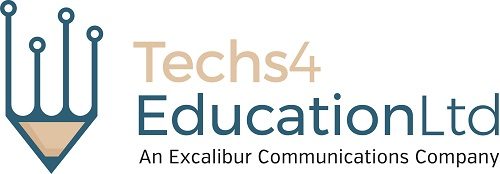Balancing the needs of a SEND (Special Educational Needs and Disabilities) class with the different learning methods that students use has been one of the greatest teaching challenges of our age. How do we plan a class that delivers the learning outcomes we want with the quality students deserve? All while providing enough stimulation for students without leaving anyone behind?
While segregation and special needs classes help, they are an inelegant solution that deliver on some needs and not others. Technology has changed how we approach and teach those with particular needs. It allows us to tailor learning to an individual student while taking into account any particular needs. All while delivering the learning outcome we want in an interesting and engaging way.
There are some particular technological techniques that can help a SEND class.
Assistive technology
A significant challenge to teaching is integrating a variety of needs into a single classroom. Assistive technology provides a level playing field where individual needs can be addressed without alienating the student or holding other students back. One answer to some of those challenges is assistive technology.
Assistive technology has changed how learning is delivered. For the hard of hearing there are closed caption apps, personal radios and headphones. For visually impaired there are large type apps, high contrast teaching materials, screen enlargers or readers. For the speech impaired there are communications boards or text-to-speech apps.
Using tablets and speech recognition, text-to-speech, braille displays, video or audio teaching, we can deliver lessons to students regardless of the particular challenge they face. These tools are the ideal equaliser that can bring a diverse class together using the method that works best for the individual.
Communications tools
Technology not only helps us get learning in but helps the student get ideas and opinions out. Tools that augment communications such as text readers, phonetic boards, alphabet cards and so on can all help students express themselves. Students can not only be heard but understood too which can only be a good thing for confidence and social acceptance.
Both of these have a positive impact not just on the student’s willingness and ability to learn but on a much wider scale that can include every element of social interaction.
Integration
Technological development now enables SEND pupils to be able to learn alongside others within the same classroom environment. This also has a positive impact on all students. Less able students can integrate with the general school population, they can learn in class without holding back others and more able students integrate with less able ones, helping to increase understanding and acceptance of differences.
This benefits everyone in class, including teachers. The ability to manage multiple learning styles, speeds and needs effectively while delivering positive outcomes for all is teachers want to be able to do for everyone.
There is no doubt that technology has transformed the classroom. If you would like to explore your schools’ potential, contact Techs4Education today!

